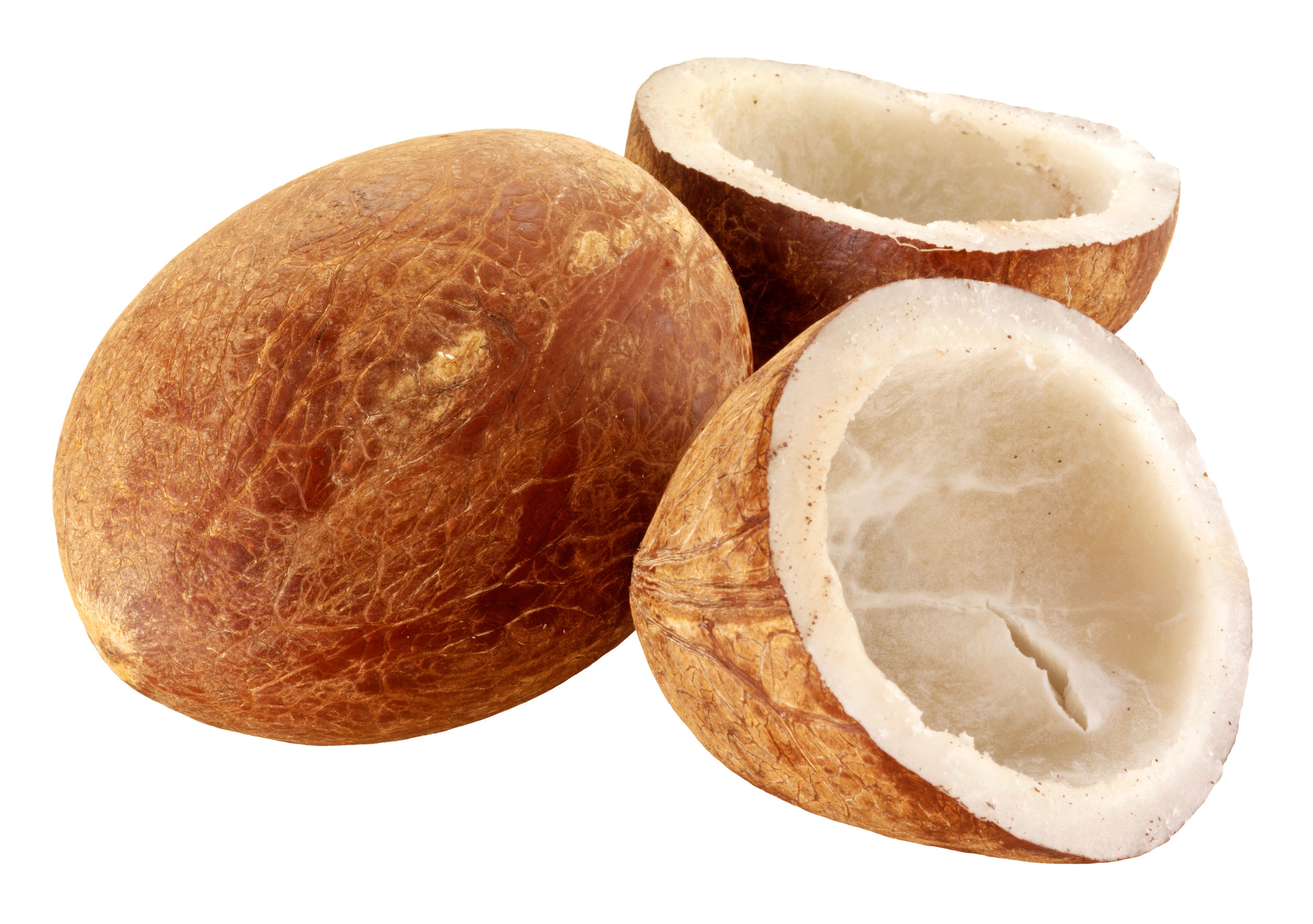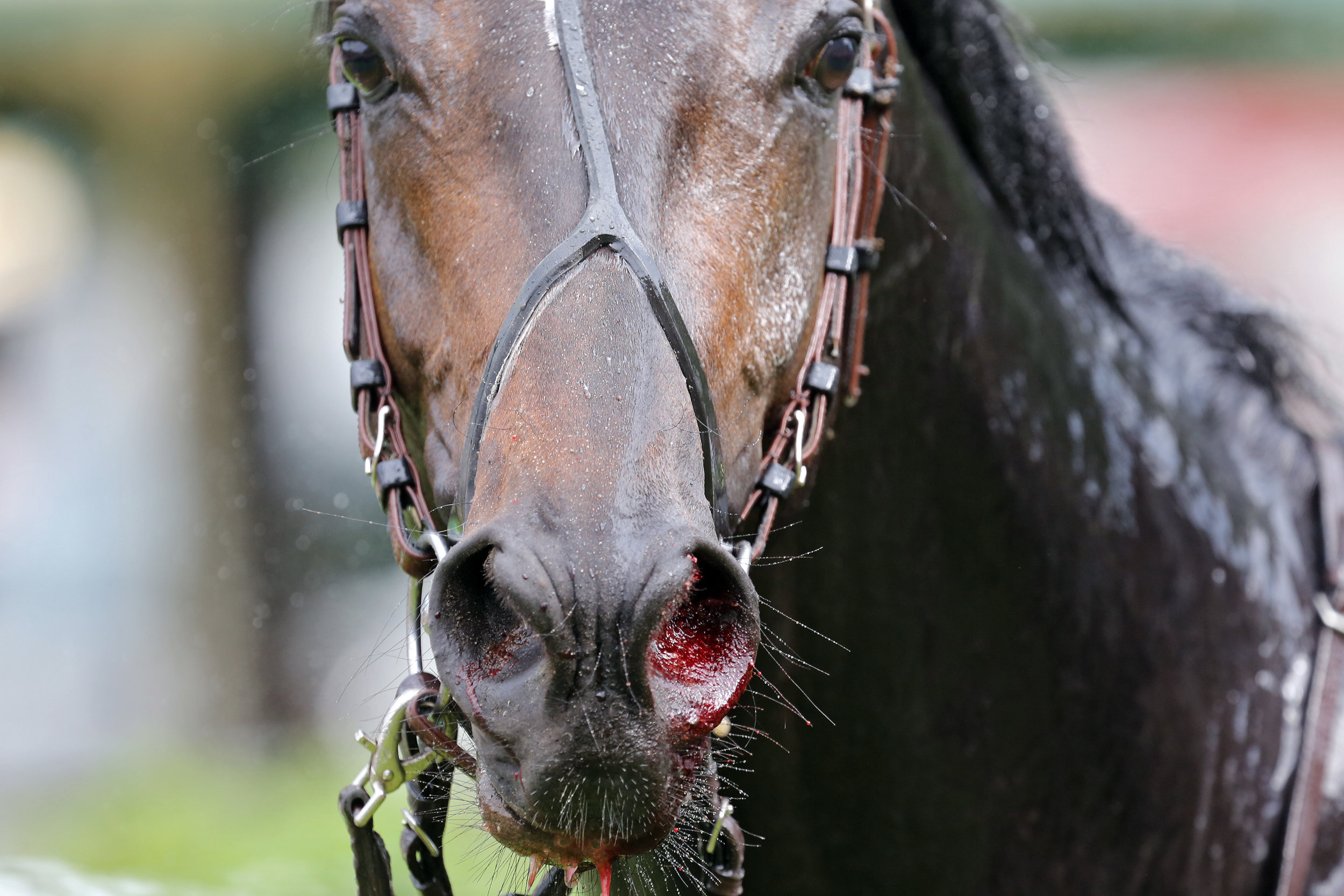Nutrition Analysis - Understanding equine feed labelling
/By Dr Catherine Dunnett, BSc, PhD, R.Nutr
Understanding a bit about feed labelling and feed manufacturing is worth the drudge, as it can help you make better choices for your horses in training and maybe even save a few pounds or dollars. Whilst the information that a feed manufacturer must legally provide can vary from country to country, it is broadly similar. The purpose of feed labelling is primarily to give information about the feed to a potential customer, allowing informed choices to be made. However, it also provides a measure against which legislators and their gatekeepers can ensure feed manufacturing is consistent and that the feed is not being misrepresented or miss-sold.
The on-bag information is most often separated into what’s known as the statutory statement (or the legally required information) and then other useful information which features outside of the statutory statement. The statutory information can be found in a discrete section of the printed bag, or it could be located on a separate ticket, stitched into the bag closure. Whichever is the case, this is the information legally required by the country’s legislators and which the feed manufacturer is legally bound to adhere to. Typically, the information required within the statutory statement includes for example:
Name, address and contact details of the company responsible for marketing and sale of the feed.
The purpose of the feed, for example for pre-training or racing.
Reference to where the feed has been manufactured. Some companies do not have their own manufacturing facility and will use a contract manufacturer. In the UK, a feed mill manufacturing feed must be registered and on the UK list of approved feed business establishments and there is a number, colloquially known as a GB number, which refers to the feed mill’s registration. A useful snippet is that if this GB number changes on pack, this may mean that the manufacturer has switched to a different mill.
A list of ingredients in the feed in order of inclusion. The first ingredient will have the highest level of inclusion and the last being the least level.
A declaration of analysis, which is used to describe the nutritional characteristics of the feed is quite limited in what can legally be declared. There is a predefined legally binding list of analytes that must be declared in this section, which depends on the type of feed. For example, this might include percentage protein, oil, crude fibre, ash, as well as the level of added additives such as copper, vitamins A, D and E, as well as any live microbiological ingredients, or preservatives, binders etc. In addition, the analysis must be carried out using specific laboratory methodologies set out in the legislation. Feed manufacturers are allowed some tolerance on analysis, or limits of variation around their declaration to account for variation in sampling and manufacturing as well as the analytical variation itself and this can be as high as 10-20% in some instances for example.
The level and source of additives. For example, added copper must be declared and the level (mg/kg) and source (copper sulphate or if as a chelate, copper chelate of amino acid hydrate) stated.
Any additives (i.e., ingredients that don’t contribute to the nutritional value of the feed) can only be used if they appear on an authorised list of additives—meaning they have passed scrutiny for safety and efficacy. This list of additives pre-Brexit was maintained by the EU and since Brexit, whilst we can theoretically modify on our own terms, the reality is that we have largely adopted the EU list.
There is a lot of useful information that is not legally allowed within the statutory statement that you will often find on a separate section of the bag, or indeed on a company website. For example, other analyses such as percentage of starch and sugar are often useful when choosing an appropriate feed and an estimate of the level of digestible energy (DE MJ/kg) is also helpful. Feeding guides also generally appear outside the statutory statement and can be quite useful. Whilst I am a firm believer in looking at the horse to help set the required amount of feed, feeding guides do give vital information, particularly about the likely minimum amount of this feed required to deliver a suitable level of vitamins and minerals.
When being first really counts…
CLICK HERE to return to issue contents.
BUY THIS ISSUE IN PRINT OR DOWNLOAD
4 x print issue and online subscription to European Trainer & online North American Trainer. Access to all digital back issues of both editions.
Your subscription will start with the July to September issue - published at the end of June.
If you wish to receive a copy of the most recent issue, please select this as an additional order.
















